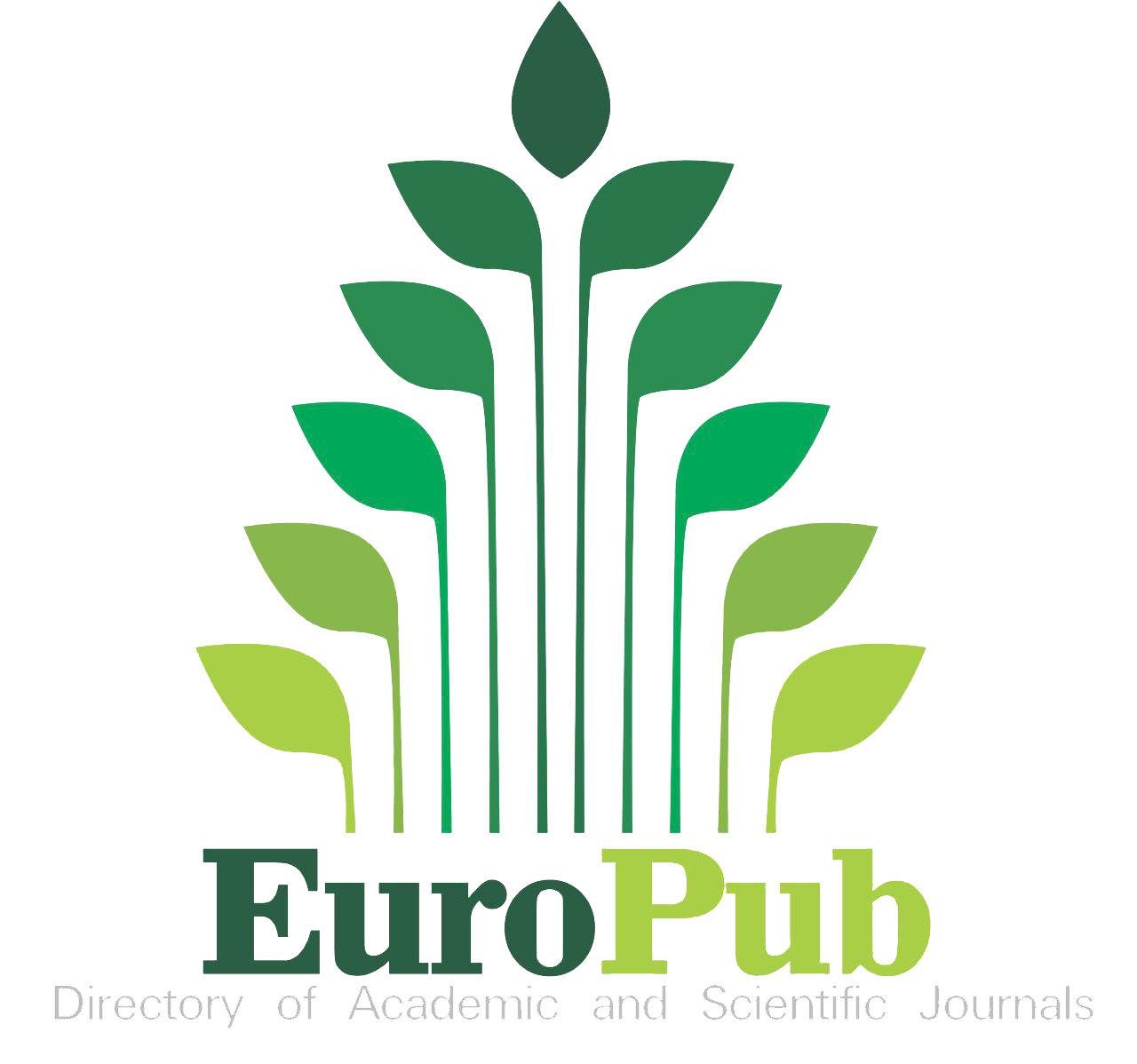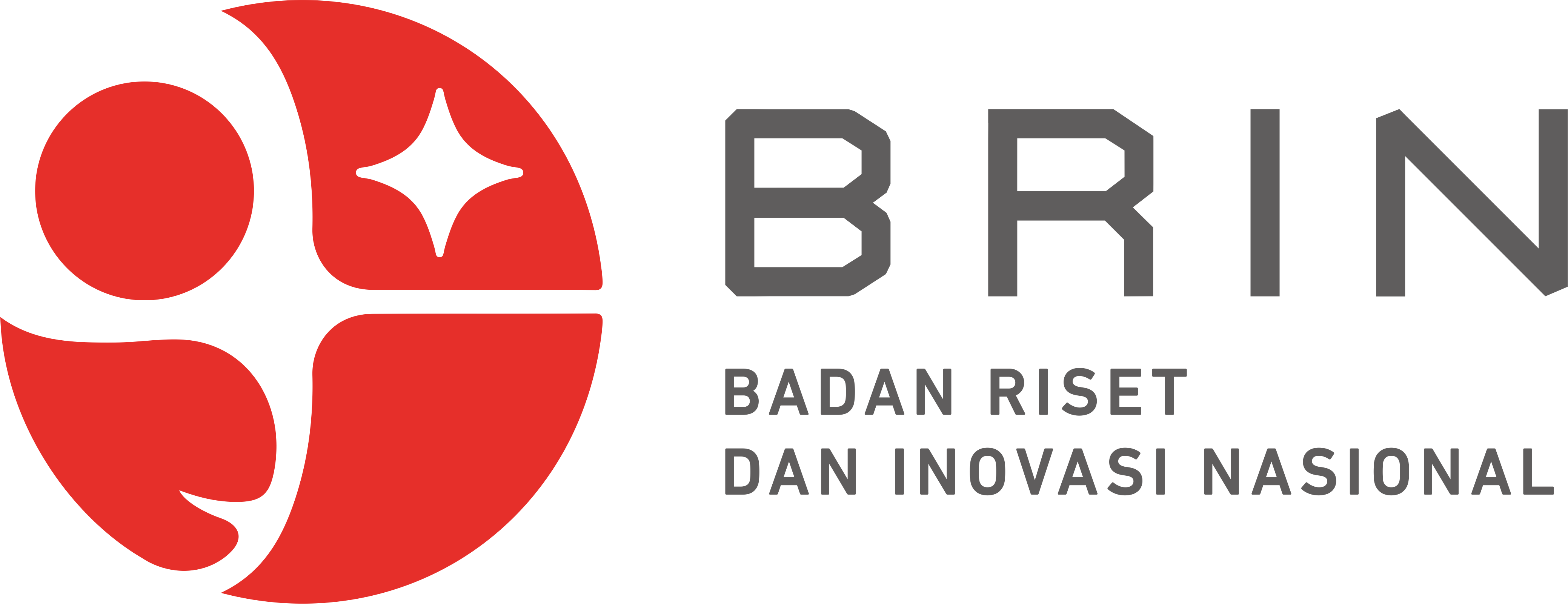Unlocking English Vocabulary with “Frozen II”: Exploring Students’ Perception of Animated Movies in Language Learning
DOI:
https://doi.org/10.35747/tefla.v6i2.1100Keywords:
Animated movies, Vocabulary, Language LearningAbstract
The purpose of this study is to ascertain how students feel about using the animated film Frozen II to increase their vocabulary. Narrative inquiry is used in the study. Ten participants are from the Faculty Tarbiyah and Teacher Training's English Language Education Department. Interview guidelines were used to gather data, and narrative analysis was used for analysis. According to the study's findings, there are three different aspects of perception. 1) cognitive aspect: pupils mostly base their perceptions on what they already know, which facilitates the use of the animated film Frozen II to increase vocabulary in English; 2) affective aspect, in which pupils mostly experience joy when utilizing the animated film Frozen II as a tool to enhance their vocabulary in English; 3) conative aspect: Students demonstrate their opinions through an action, such as being more eager to use the animated film Frozen II to expand their vocabulary in English. Then, there are benefits and drawbacks of using the animated film Frozen II to increase vocabulary in English. The study promotes the use of multimedia tools more widely to establish more dynamic, inclusive, and productive language-learning settings.
References
Akmala, T. A. (2011). The Use of Animated Movie to Improve Students’ Ability in Writing Narrative Text (A Classroom Action Research at the 10th Grade of Madrasah Aliyah Negeri Pemalang in the Academic Year of 2010/2011). Thesis. IAIN Walisongo.url={https://api.semanticscholar.org/CorpusID:60743200}
Alport, G. W., Clark, K., & Pettigrew, T. (2008). The Nature of Prejudice. New York: Perseus Books Publishing.
Anderson, G. J., & Arsenault, N. (2005). Fundamentals of Educational Research. London: Psychology Press.
Creswell, J. W. (2012). Educational Research Planning, Conducting, and Evaluating Quantitative and Qualitative Research (4 ed.). Boston, MA: Pearson Education Inc.
Femilia, P. S. (2018). Critical reading strategies employed by good critical readers of graduate students in ELT, State University of Malang. TEFLA Journal (Teaching English as Foreign Language and Applied Linguistics Journal), 1(1), 30-34.
Hayati, N., & Nor, H. (2023). The Role of Flip Charts in Improving English Vocabulary Acquisition. TEFLA Journal (Teaching English as Foreign Language and Applied Linguistics Journal), 5(2), 67-78.
Huda, F. K. S., Rismiyanto, R., & Kurniati, D. (2023). Vocational School Students’ Perceptions of the Use of Animated Movies in Narrative Text Learning. JELITA: Journal of Education, Language Innovation, and Applied Linguistics, 2(1), 34–40. https://doi.org/10.37058/jelita.v2i1.5383
Leighton, J. P. (2017). Using think-aloud interviews and cognitive labs in educational research. Oxford University Press.
Lestari, D., & Harahap, D. I. (2021). The Use of Animation Movie to Improve Students’ Motivation in Learning English. Journal MELT (Media for English Language Teaching), 5(1), 40. https://doi.org/10.22303/melt.5.1.2020.40-53
Machmudah, U., & Rosyidi, A. W. (2008). Active Learning dalam Bahasa Arab. Malang: UIN Maliki Press.
Putra, I. P. B. (2014). Learning Vocabulary Using English Movie With Subtitles in SMAK Santo Yoseph. Humanis: Journal of Arts and Humanities, 8(2), 1–8.
Riessman, C. K. (2015). Entering the hall of mirrors: Reflexivity and narrative research. The handbook of narrative analysis, 219-238.
Rosyidi, A. W., & Ni’mah, M. (2009). Memahami Konsep Dasar Pembelajaran Bahasa Arab. Malang: UIN Maliki Press.
Sari, A., & Sugandi, B. (2015). Teaching English Through English Movie: Advantages and Disadvantages. JELE: The Journal of English Literacy Education, 2(2), 10–15. https://doi.org/10.36706/jele.v2i2.2303
Sari, F. M. (2017). Persepsi Mahasiswa terhadap Implementasi Movie dalam Pembelajaran Menulis Esai Argumentasi. In Seminar Nasionl Bahasa dan Sastra (hal. 1–6).
Sari, S. N., & Aminatun, D. (2021). Students’ Perception on The Use of English Movies to Improve Vocabulary Mastery. Journal of English Language Teaching and Learning, 2(1), 16–22.
https://doi.org/10.33365/jeltl.v2i1.757
Sihab, W. G. (2022). Implementasi Media Pembelajaran Animasi dalam Meningkatkan Motivasi Belajar Siswa pada Pembelajaran PAI Kelas VIII di Smpit Cahaya Insani Kedu. Jurnal Kajian Pendidikan Islam dan Studi Islam, 5(2), 191–198.
Simamora, M. W., & Oktaviani, L. (2020). Whats is Your Favorite Movie?: A Strategy of English Education Students to Improve English Vocabulary. Journal of English Language Teaching and Learning, 1(2), 44–
https://doi.org/10.33365/jeltl.v1i2.604 Stewart, J., Batty, A. O., & Bovee, N. (2012).
Comparing Multidimensional and Continuum Models of Vocabulary Acquisition: An Empirical Examination of the Vocabulary Knowledge Scale. TESOL Quarterly, 46(4), 695–721. https://doi.org/10.1002/tesq.35
Varshini, N. H., & Ambethkar, R. (2019). English Teaching Difficulties in a Large Class Room. Research Journal of English Language and Literature (RJELAL), 5(2), 658–662.
Weiser, B. (2013). Effective Vocabulary Instruction for Kindergarten to 12th Grade Students Experiencing Learning Disabilities. In Council for Learning Disabilities.
Yatimah, D. (2014). The Effectiveness of Using Animation Movie as the Media in Writing Narrative Text. Thesis. Universitas Negeri Jakarta.
Zhafira, A. N. (2020). “Frozen 2” Jadi Movie Animasi Terlaris Sepanjang Masa. Diambil
Maret 2024, dari https://www.antaranews.com/berita/123671 1/ frozen-2-jadi-movie-animasi-terlaris- sepanjang-masa#:~:text=%22Frozen 2%2C%22 sendiri menjadi,turut di box office domestik
Published
How to Cite
Issue
Section
License
Copyright (c) 2024 TEFLA Journal (Teaching English as Foreign Language and Applied Linguistics Journal)

This work is licensed under a Creative Commons Attribution-ShareAlike 4.0 International License.



















